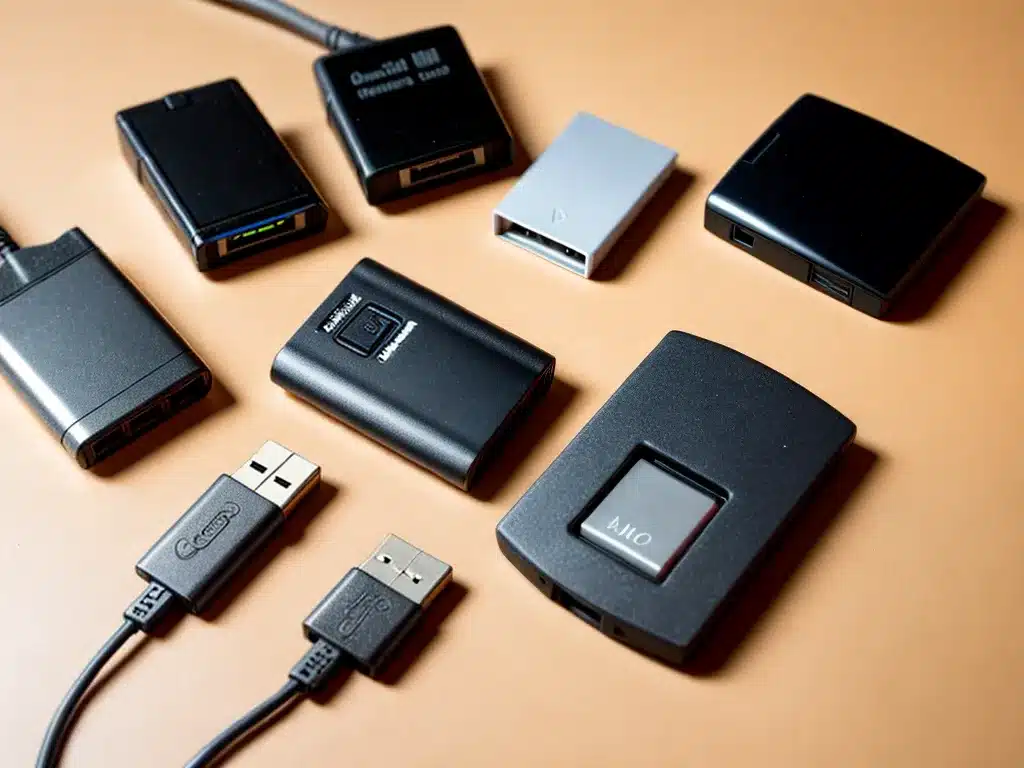
Backing up important files and data is crucial to prevent loss, however there are some important factors to consider when using USB drives and memory cards for backups. As someone who relies on backups, I’ve learned to be cautious with these storage devices to ensure my files remain accessible.
Potential Risks of USB and Memory Card Backups
While USB drives and memory cards provide a convenient way to back up files, they do come with some risks that I’ve encountered firsthand:
Data Corruption
USB drives and memory cards are prone to data corruption – I’ve had files become unreadable after copying them to these devices several times. The causes can include:
- Improper ejection from a computer before removing the device
- Power outages or unplugging the device mid-transfer
- Physical damage to the device
Corrupted backups are useless, so I’m very careful to properly eject USB drives and memory cards before disconnecting them.
Malware Infection
Malware like viruses and spyware can spread via USB drives and memory cards. I’ve learned to:
- Never open files directly from the backup device
- Scan files with antivirus software before accessing
- Safely eject and disconnect the device when not in use
Otherwise I risk infecting my computer if malware is present on the storage device.
Degradation Over Time
USB drives and memory cards have a limited lifespan – I’ve had a few cards become unusable after a year or two. Long term storage and frequent writing/rewriting of data causes their performance to degrade.
To prolong their life I now:
- Use high quality, brand name devices
- Avoid using the same card extensively
- Refresh the devices used for backups every few years
This prevents my backups from becoming unreadable due to aging devices.
Physical Theft or Loss
As portable storage devices, USB drives and memory cards can easily be misplaced, lost, or stolen. I once had a USB drive with critical data picked from my pocket on the bus. Now I:
- Encrypt sensitive backup files
- Store backups in secure locations
- Keep multiple copies across different devices
These measures provide redundancy if a backup device is physically lost.
Best Practices for USB and Memory Card Backups
Through learning things the hard way, I now follow these best practices to securely back up files:
-
Use dedicated devices – I reserve specific USB drives and memory cards solely for backups, and don’t reuse them for transferring other files.
-
Verify backups – After copying files I always double check that the data transferred properly before disconnecting the device.
-
Handle gently – I avoid exposing the backup devices to liquids, dropping, high temperatures, or other risks that could damage them.
-
Store properly – When not in use I keep the backup devices in a protective case stored in a secure location.
-
Encrypt data – For sensitive backups, I use encryption software to add an extra layer of security on the devices.
-
Test restores – I regularly test actually restoring from a USB or memory card backup to ensure the files are intact.
Why I’m Cautious
Having lost data in the past from problems with USB and memory card backups, I’ve learned just how essential it is to be cautious with these devices. While very useful for backing up files, they can fail in many ways and lead to permanent data loss if proper care isn’t taken.
By understanding the risks, following best practices, and taking a methodical approach, I now safely rely on USB drives and memory cards to protect my important files without worry. Though simple storage devices, careful attention goes a long way to getting peace of mind from my backups.












